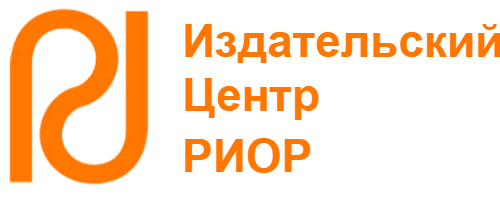Russian Federation
VAK Russia 5.2.1
VAK Russia 5.2.4
VAK Russia 5.2.5
VAK Russia 5.2.6
VAK Russia 5.2.7
UDC 339.564
The relevance of this study stems from the need to assess the adaptive potential of the domestic oil and fat industry in the face of dramatic changes in the foreign economic environment after 2022. The objective of this study is to comprehensively analyze structural changes in the geographic and commodity structure of oil and fat product exports to develop recommendations for improving their sustainability. The methodology is based on a comparative analysis of dynamic data series for the period 2014-2024. The results obtained indicate a significant, yet asymmetrical, transformation of export flows. The commodity structure retained and strengthened its raw material orientation, with sunflower oil dominating (67.7% in 2024), while the share of highly processed products remained insignificant. The geographic structure revealed a sharp shift toward Asian markets, leading to critical dependence on two key partners. India and China together accounted for 62.1% of all exports in 2024. At the same time, exports to a number of traditional countries were curtailed. The identified concentration, both by commodity and geographic factors, creates systemic risks to the sustainability of export revenues and requires strategic adjustments. Based on the analysis, recommendations were made aimed at diversifying sales markets and stimulating highly processed products to mitigate strategic risks.
agriculture, foreign trade restrictions, oil and fat products, exports, vegetable fats, sanctions
1. Ushachev I.G., Maslova V.V., Chekalin V.S. Povyshenie eksportnogo potenciala APK na osnove innovacionnogo razvitiya // Ekonomika sel'skohozyaystvennyh i pererabatyvayuschih predpriyatiy. 2019. № 10. S. 2-5.
2. Breus M.V. Itogi nacional'nogo proekta agropromyshlennogo kompleksa «eksport produkcii APK» // Alleya nauki. 2025. T. 1. № 4 (103). S. 310-314.
3. Bessonov V.V. Osnovnye faktory, vliyayuschie na razvitie APK i eksport ego produkcii v ramkah EAES // Ekonomicheskie sistemy. 2017. T. 10. № 4 (39). S. 101-104.
4. Okenova A.O., Orozonova A.A. Perspektivy razvitiya eksporta organicheskoy produkcii v usloviyah integracii // Ekonomicheskie otnosheniya. 2018. T. 8. № 2. S. 261-270.
5. Semin A.N., Kolotkina O.A., Yagofarova I.D. Ocenka effektivnosti pravovogo regulirovanii sel'skogo hozyaystva v usloviyah vneshneekonomicheskih sankciy v period 2020-2024 gg // Ekonomika sel'skogo hozyaystva Rossii. 2025. № 4. S. 25-34.
6. Hayrullina O.I. Ocenka faktorov, vliyayuschih na sel'skohozyaystvennyy eksport // Prodovol'stvennaya politika i bezopasnost'. 2023. T. 10. № 4. S. 613-628.
7. Semyashkin E.G. Eksport produkcii APK Rossii: tekuschee razvitie i trendy // Ekonomika sel'skohozyaystvennyh i pererabatyvayuschih predpriyatiy. 2019. № 4. S. 33-36.
8. Polunina N.Yu., Popova E.A., Zayceva E.A., Chernysheva I.I. Agroprodovol'stvennyy eksport rossiyskoy federacii: vyyavlenie tendencii razvitiya i realizaciya potenciala // Nauchnoe obozrenie: teoriya i praktika. 2024. T. 14. № 4 (104). S. 566-578.
9. Azzheurova M.V. Eksport rossiyskoy produkcii apk: sostoyanie i perspektivy razvitiya // Trudy VNIRO. 2020. T. 182. S. 166-173.
10. Luchkovskiy R. N Vliyanie sankciy na sel'skoe hozyaystvo RF: adaptaciya APK k novym geoekonomicheskim usloviyam // Ekonomika sel'skogo hozyaystva Rossii. 2024. № 12. (Problemy effektivnogo hozyaystvovaniya). S. 20-25. – URL: http://esxr.ru/article/4579 (data obrascheniya – 11.01.2025).














